How Vacuum Prevents Oxidation in Steel Heating
Author: SAIVS Date Published: Jan 10,2025
Introduction:Vacuum furnaces are specialized equipment used in heating processes that take place under low-pressure environments.
The unique feature of a vacuum furnace is its ability to create a vacuum inside the furnace chamber, drastically reducing the presence of oxygen and other oxidative gases.
This is crucial in preventing oxidation during the heating process, which is a common concern for metals such as carbon steel and alloy steel.
In this article, we will explore the principle behind vacuum furnace heating and how it prevents the oxidation of metals like carbon steel and alloy steel.
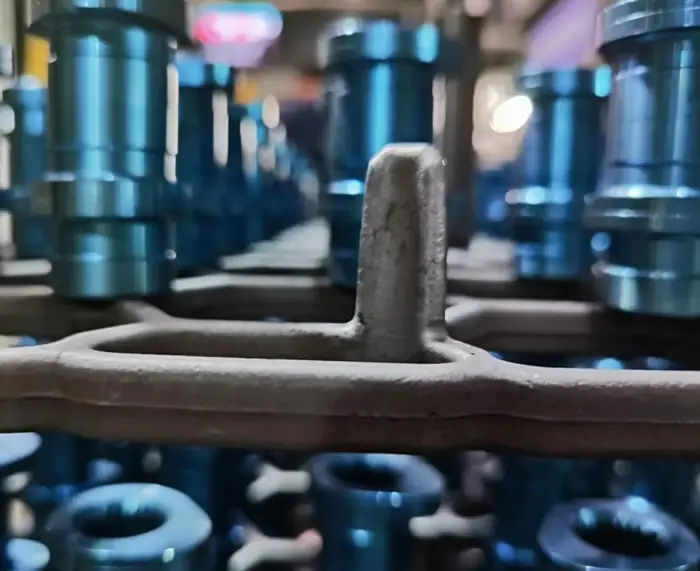
Working Principle of a Vacuum Furnace:A vacuum furnace operates by creating a controlled low-pressure environment inside the furnace. By reducing the amount of oxygen and other reactive gases within the chamber, the likelihood of oxidation is minimized during the heating process. In a traditional heating setup,
metals are often exposed to high temperatures, and when exposed to air, they can react with oxygen, water vapor, and other gases,
leading to the formation of oxide layers or films. These oxide layers can damage the metal surface, causing a loss of luster and deterioration in Material Properties.
However, in a vacuum furnace, the absence of oxygen significantly suppresses this oxidation process.
Oxidation Suppression During Heating:In conventional heating methods, metals are heated to high temperatures and exposed to oxygen in the atmosphere.
This leads to oxidation, which manifests as oxide scales or films forming on the surface of the metal.
These oxide films can lead to a reduction in the quality of the metal, especially in materials like carbon steel and alloy steel.
However, in a vacuum furnace, the atmosphere inside the furnace chamber contains very little oxygen.
With an extremely low partial pressure of oxygen, the oxidation reaction is effectively inhibited, preventing the formation of oxide scales during heating.
Properties of Carbon Steel and Alloy Steel:Both carbon steel and alloy steel are prone to oxidation and decarburization during heating.
However, the vacuum furnace significantly reduces these risks. In a vacuum environment,
the oxygen concentration is so low that the steel materials do not come into contact with oxygen.
This prevents the oxidation and decarburization processes that would normally occur in conventional heating processes.
As a result, the quality and integrity of carbon steel and alloy steel are maintained throughout the heating process.
Applications of Vacuum Furnace Heating:Vacuum furnaces are particularly useful in applications where oxidation is a significant concern.
For instance, when heat treating high-speed steels (HSS), which contain a high concentration of alloying elements,
a vacuum furnace ensures that oxidation is minimized. These steels tend to have poor thermal conductivity, and if not heated properly,
they are prone to deformation or cracking, especially for large and complex parts. In such cases,
vacuum heat treatment often involves two preheating stages to shorten the high-temperature process time,
thus reducing the risks of oxidation, decarburization, and overheating.
Moreover, vacuum carburizing is another technique where carburization takes place in a vacuum, enhancing the fatigue strength of parts.
Conclusion:In conclusion, the main reason why carbon steel and alloy steel do not oxidize in a vacuum furnace is due to
the low-pressure environment inside the furnace, which drastically reduces the presence of oxygen. This effectively inhibits oxidation reactions,
making vacuum furnaces an ideal solution for heat treating metals that are sensitive to oxidation.
The ability to control the atmosphere within the furnace ensures that the metal’s surface quality is preserved,
leading to better performance and longer-lasting parts.
Vacuum furnace heating is thus a crucial technology for industries dealing with high-precision metal parts.
Why Choose SAIVS™ as Your Supplier?
1.Superb Quality Control Management
At SAIVS, we take pride in our perfect quality management systems and procedures, which guarantees the excellent performance of all our producs, being a professional Investment Casting | Die Casting| Sand Castingmanufacturer in China.
2.Rich Production Experience
With 20 years of experience in production, SAIVS has a deep understanding of the market and trends, and strives for continuous research and innovation. This has created advantages in both the product's performance and appearance.
3.Competitive Prices
As a Chinese factory committed to becoming the most cost-effective Investment Casting | Die Casting| Sand Castingexporter in China, SAIVS provides high-quality products at advantageous prices. By lowering costs and increasing efficiency, we ensure that our customers receive the best possible value for their investment.
4.Perfect After-sales Service
At SAIVS, we strive to provide superior customer service that meets and exceeds expectations. We are always available for any questions or concerns you may have, and we stand by our commitment to providing excellent after-sales support.
Related Posts
-
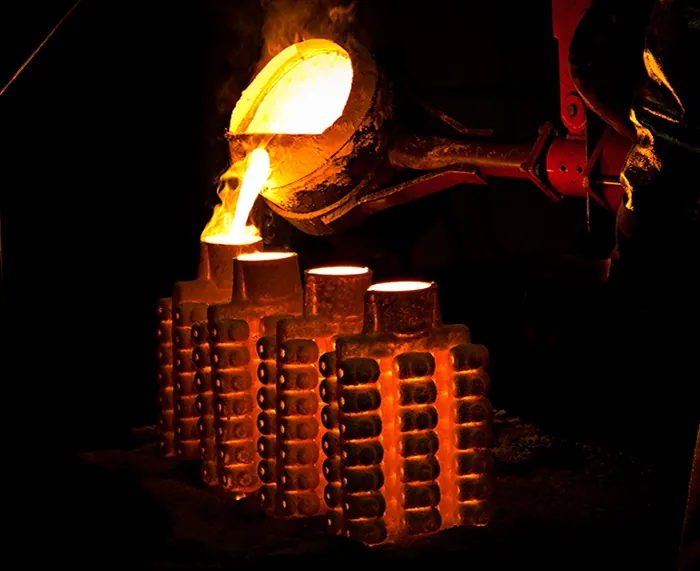
How to Reduce Investment Casting Costs by 50%
Introduction:Investment casting, also known as precision or lost-wax casting, is a widely used manufacturing process with applications in various industries. Th...
-
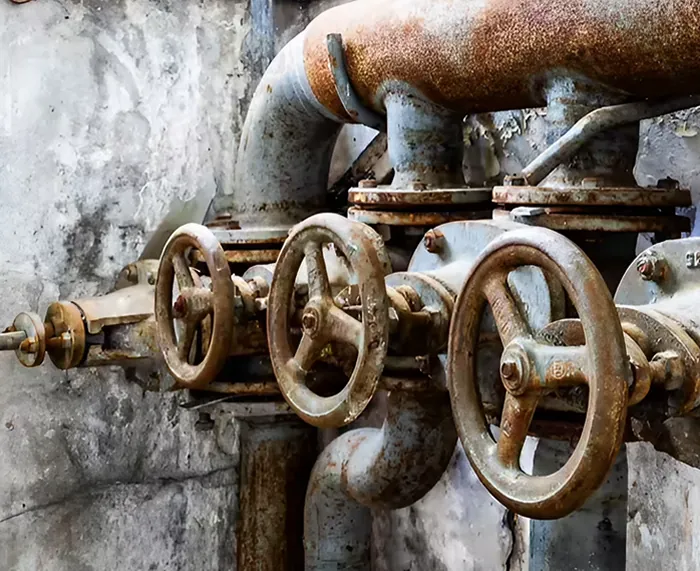
6 Effective Strategies to Stop Rust in its Tracks
Learn how to prevent rust with smart choices & clever tricks. From steel secrets to coatings & care, keep your projects strong & beautiful. Start ru...
-
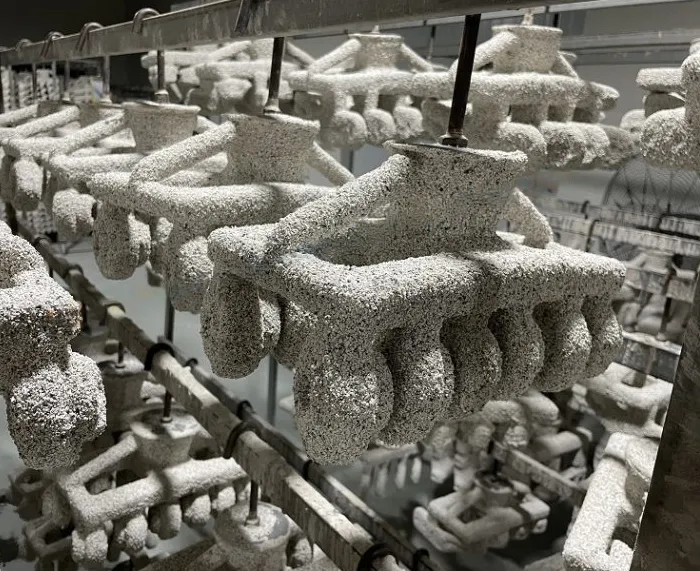
Investment casting: a comparison between stainless steel and aluminum
Investment casting is a widely used manufacturing process that allows the production of complex and intricate metal components with high dimensional accuracy. W...
-
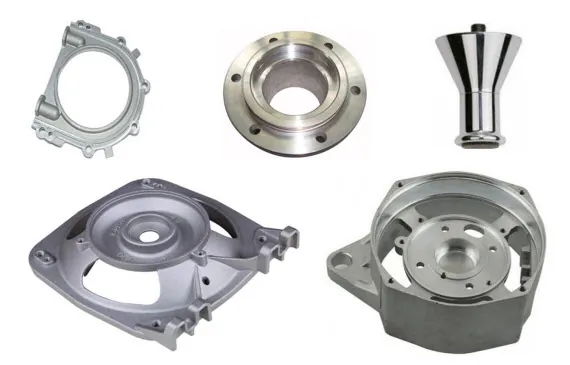
Why Automotive Parts Use Zinc Die Castings
IntroductionIn the automotive industry, the use of high-quality materials is crucial for manufacturing durable and efficient components.Zinc die castings have g...
-
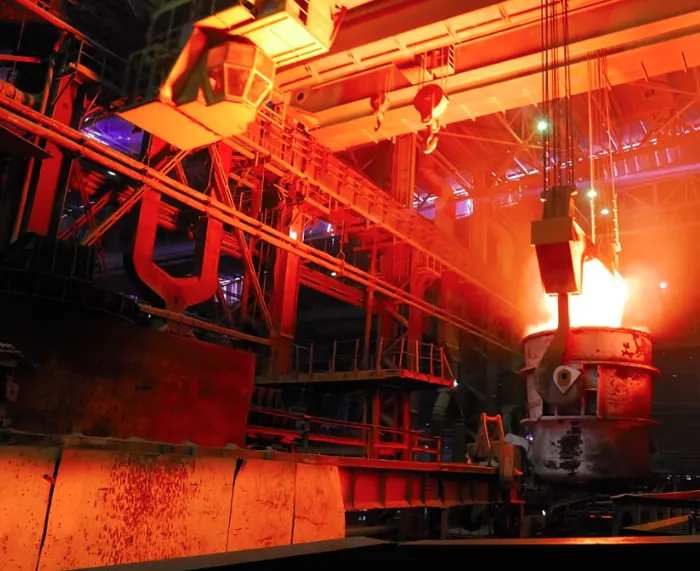
How Casting Simulation Improves Metal Casting Quality
Casting is a manufacturing process in which molten metal is poured into a mold and allowed to solidify. It is a versatile process that can be used to produce a ...
-
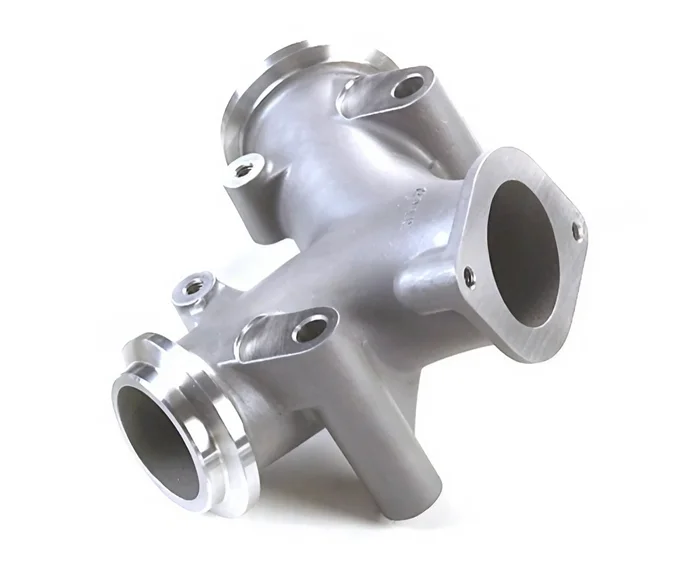
When to use investment casting in automotive
Investment casting offers several key applications within the automotive sector. Here are some notable areas where investment casting is commonly utilized:Engin...

